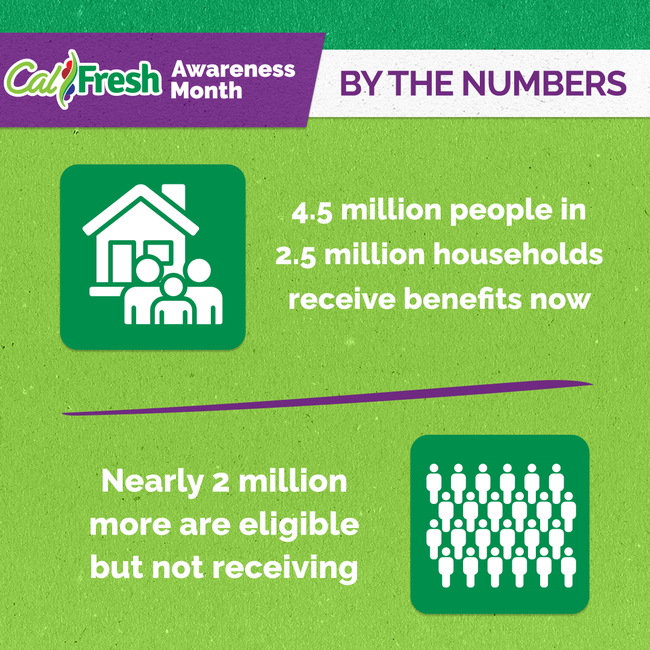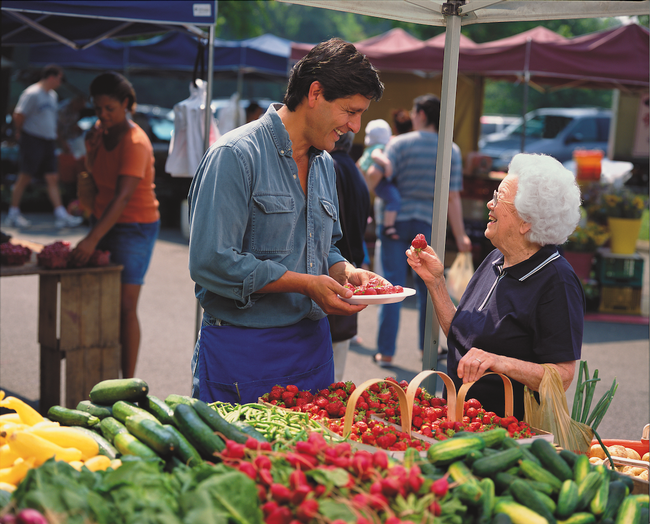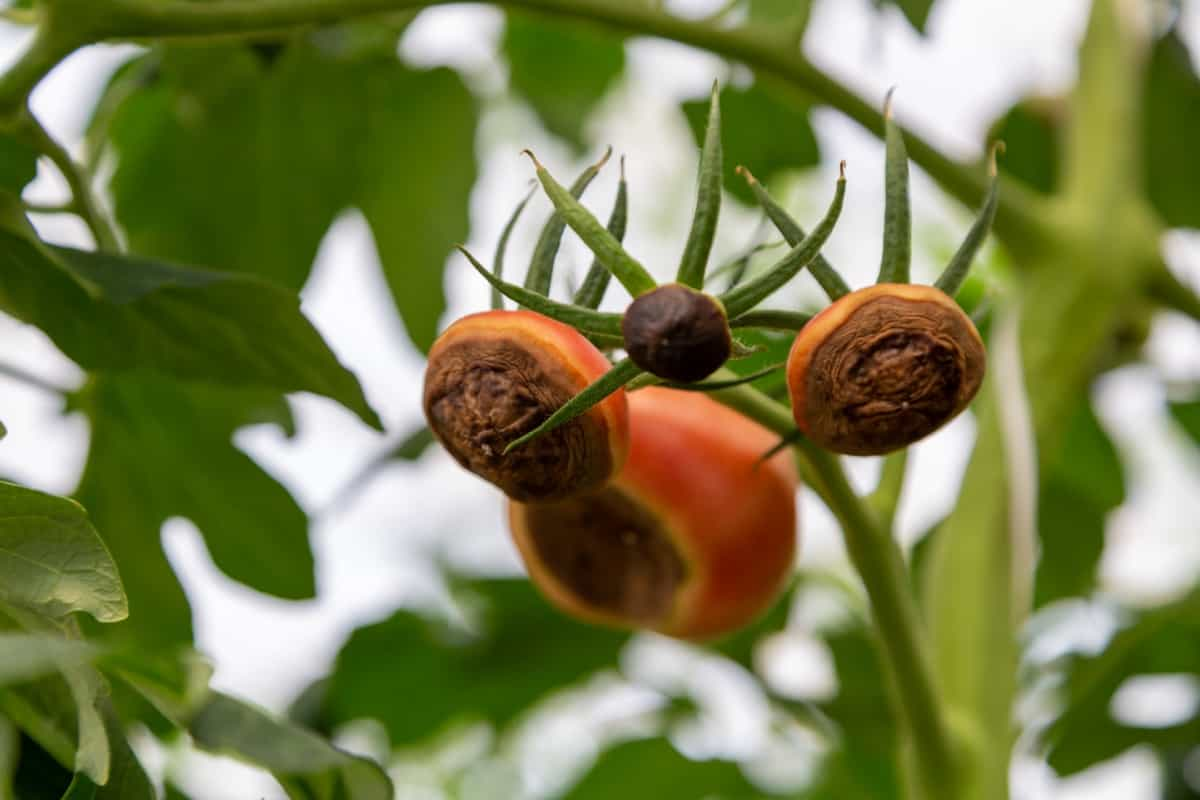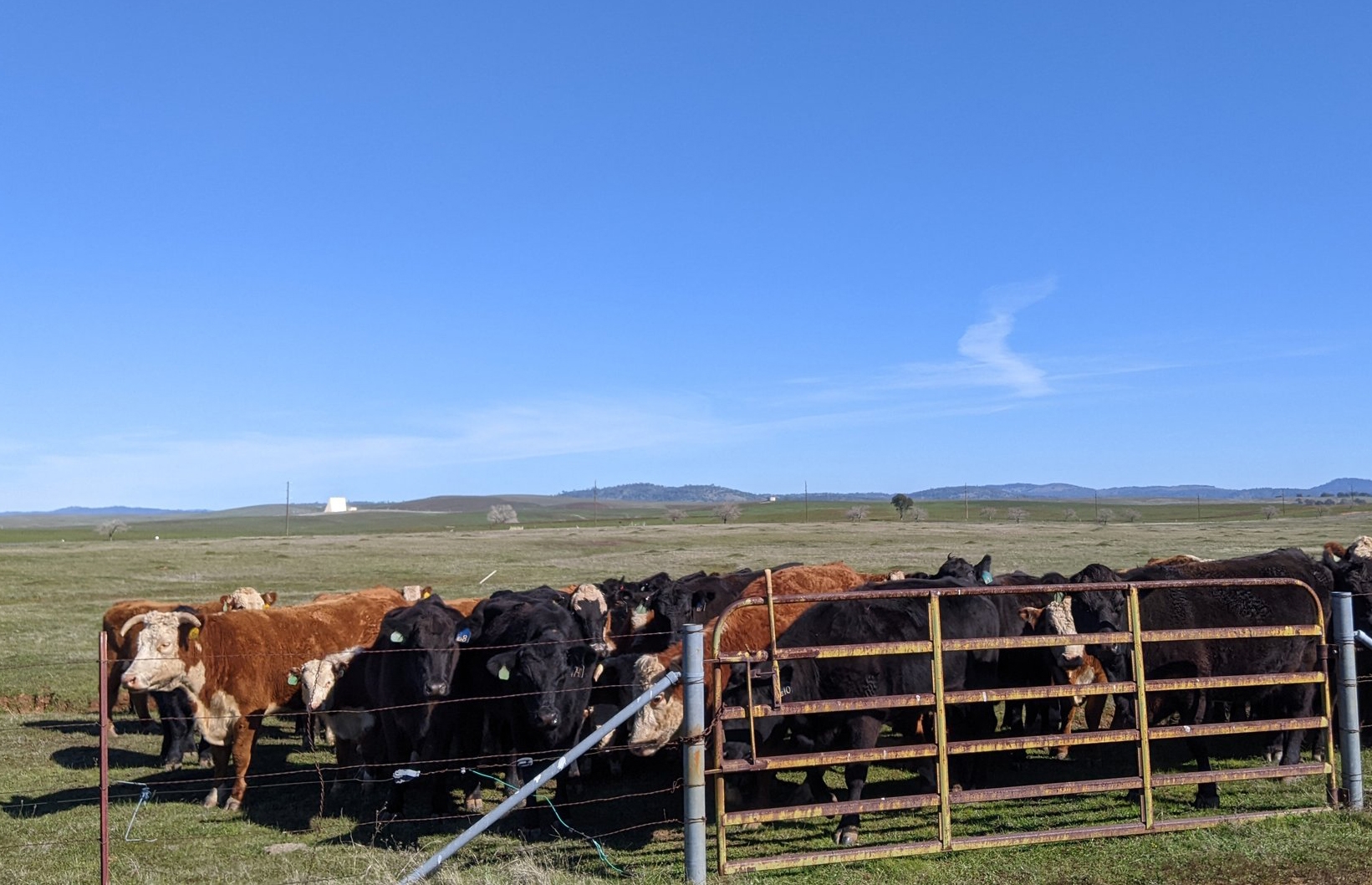Many eligible Californians do not use CalFresh to improve food safety
CalFresh EBT cards can be used to purchase food at many grocery stores and farm direct outlets. Photo courtesy of USDA Supplemental Nutrition Assistance Program
CalFresh participation of eligible older Californians is estimated at 19%
CalFresh Food, known nationally as the Supplemental Nutrition Assistance Program (SNAP) and historically as the Food Stamp Program, is California's largest food assistance program and serves as a first line of defense against food insecurity by providing eligible households with an EBT (electronic benefit transfer) card that can be used to purchase food at many grocery stores and farm direct outlets.
However, CalFresh is vastly underutilized. The US Department of Agriculture estimates that only 70% of eligible Californians actually benefit from SNAP, compared to 82% nationally. This is one of the lowest rates in the United States, placing California 46th among the 50 states and the District of Columbia. For our working poor and older Californians, participation is even lower, estimated at 59% and 19% respectively.

Image source: California Department of Social Services
Why is underutilization important?
Participation in SNAP has been shown to lift more Americans out of poverty and extreme poverty than any other income-based program and is especially important for children. SNAP also improves household food insecurity, a condition that has been correlated with poor diet quality, chronic health problems, and poor overall health.
Participation in the SNAP program is also associated with reduced healthcare costs. For low-income seniors, this includes fewer hospital or nursing home admissions and fewer reports of skipping medications due to income. For participating adults, this includes fewer doctor visits and a reduced likelihood of psychological distress.
Underutilization of CalFresh not only impacts food and health, but also leads to loss of economic activity. Since CalFresh recipients tend to spend their benefits soon after receiving them, it is estimated that for every $1 spent on CalFresh, $1.50 in economic activity is generated. Additionally, nutrition incentive programs, like Market Match, can have an even greater impact on access to healthy food and on local economies. Nutrition incentives work by doubling the value of CalFresh benefits, up to a certain amount, at participating farmers' markets and other direct-to-farm outlets. These incentives increase the purchasing power of CalFresh participants, encouraging them to buy locally grown produce while making fresh fruits and vegetables more affordable for community members with limited incomes. The economic multiplier for nutrition incentive programs is even higher than CalFresh and is estimated at $3.00.
Optimizing CalFresh Food enrollment in California is a win-win: eligible residents receive significant federal financial support to purchase local food and stores, and farmers benefit from the direct injection of federal dollars into their economy local. Low enrollment means that tens of millions of dollars in federal hunger relief each year miss out on low-income workers, children and seniors, and local businesses and agriculture.
Tell your friends and family
CalFresh Healthy Living, UCCE programs across the state are working with partners to spread the word during


CalFresh EBT cards can be used to purchase food at many grocery stores and farm direct outlets. Photo courtesy of USDA Supplemental Nutrition Assistance Program
CalFresh participation of eligible older Californians is estimated at 19%
CalFresh Food, known nationally as the Supplemental Nutrition Assistance Program (SNAP) and historically as the Food Stamp Program, is California's largest food assistance program and serves as a first line of defense against food insecurity by providing eligible households with an EBT (electronic benefit transfer) card that can be used to purchase food at many grocery stores and farm direct outlets.
However, CalFresh is vastly underutilized. The US Department of Agriculture estimates that only 70% of eligible Californians actually benefit from SNAP, compared to 82% nationally. This is one of the lowest rates in the United States, placing California 46th among the 50 states and the District of Columbia. For our working poor and older Californians, participation is even lower, estimated at 59% and 19% respectively.

Image source: California Department of Social Services
Why is underutilization important?
Participation in SNAP has been shown to lift more Americans out of poverty and extreme poverty than any other income-based program and is especially important for children. SNAP also improves household food insecurity, a condition that has been correlated with poor diet quality, chronic health problems, and poor overall health.
Participation in the SNAP program is also associated with reduced healthcare costs. For low-income seniors, this includes fewer hospital or nursing home admissions and fewer reports of skipping medications due to income. For participating adults, this includes fewer doctor visits and a reduced likelihood of psychological distress.
Underutilization of CalFresh not only impacts food and health, but also leads to loss of economic activity. Since CalFresh recipients tend to spend their benefits soon after receiving them, it is estimated that for every $1 spent on CalFresh, $1.50 in economic activity is generated. Additionally, nutrition incentive programs, like Market Match, can have an even greater impact on access to healthy food and on local economies. Nutrition incentives work by doubling the value of CalFresh benefits, up to a certain amount, at participating farmers' markets and other direct-to-farm outlets. These incentives increase the purchasing power of CalFresh participants, encouraging them to buy locally grown produce while making fresh fruits and vegetables more affordable for community members with limited incomes. The economic multiplier for nutrition incentive programs is even higher than CalFresh and is estimated at $3.00.
Optimizing CalFresh Food enrollment in California is a win-win: eligible residents receive significant federal financial support to purchase local food and stores, and farmers benefit from the direct injection of federal dollars into their economy local. Low enrollment means that tens of millions of dollars in federal hunger relief each year miss out on low-income workers, children and seniors, and local businesses and agriculture.
Tell your friends and family
CalFresh Healthy Living, UCCE programs across the state are working with partners to spread the word during
What's Your Reaction?






















